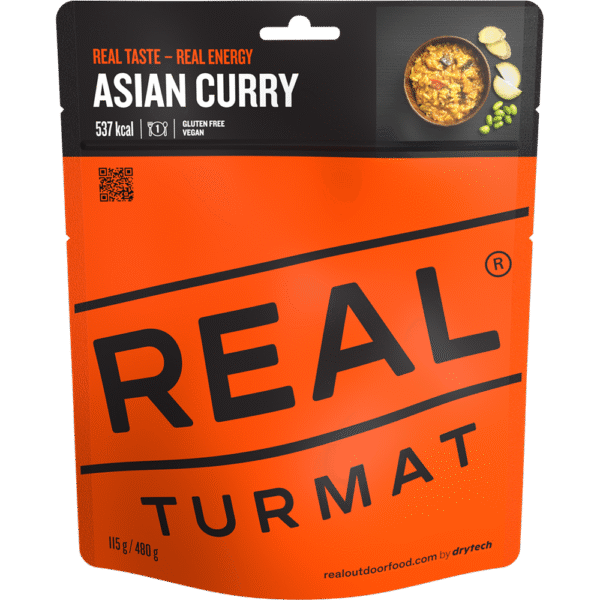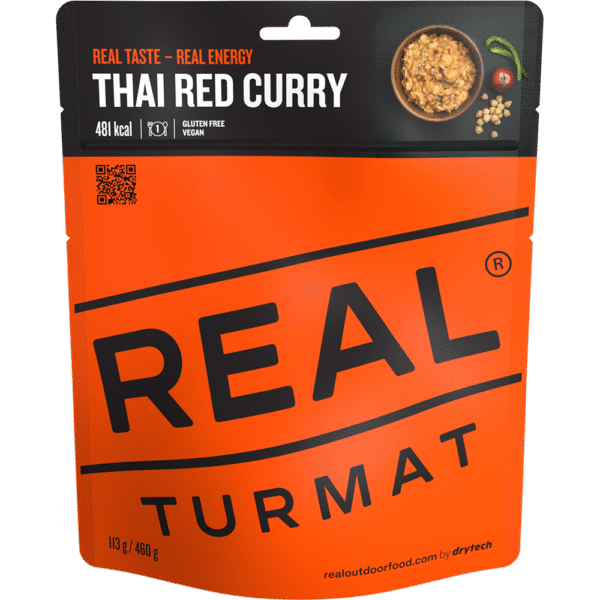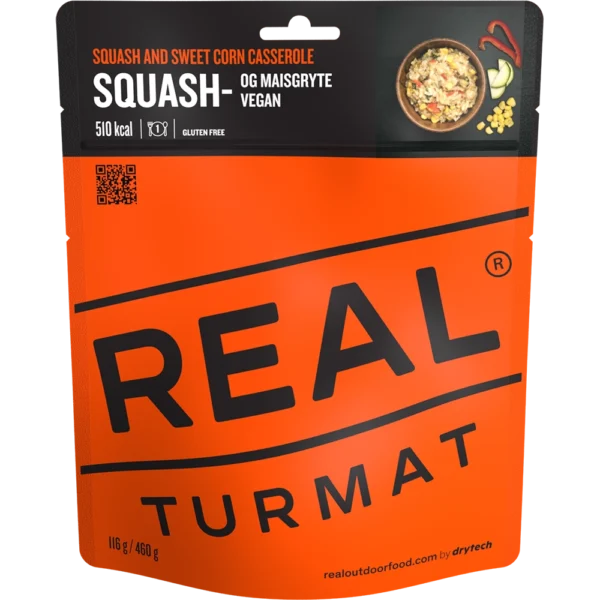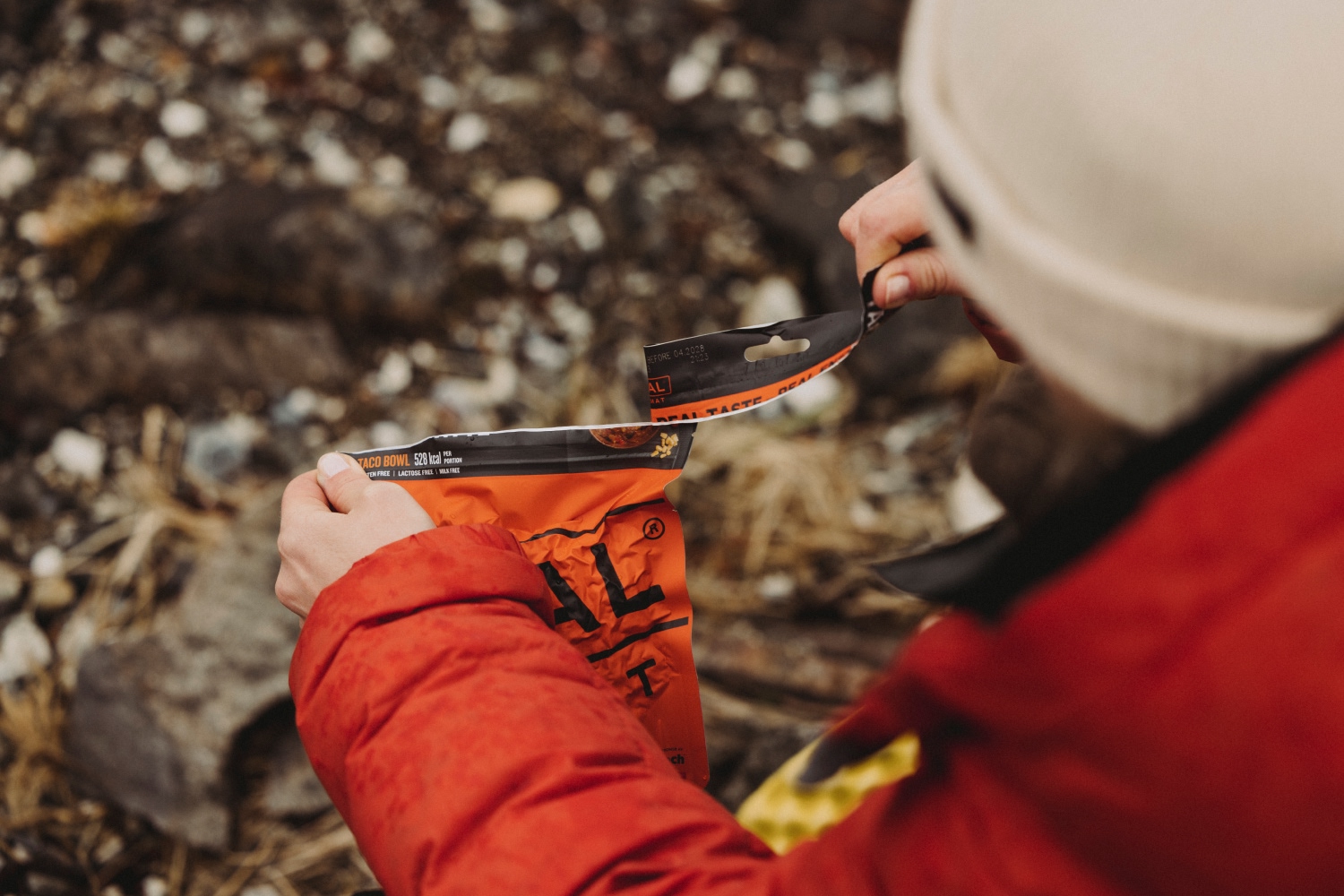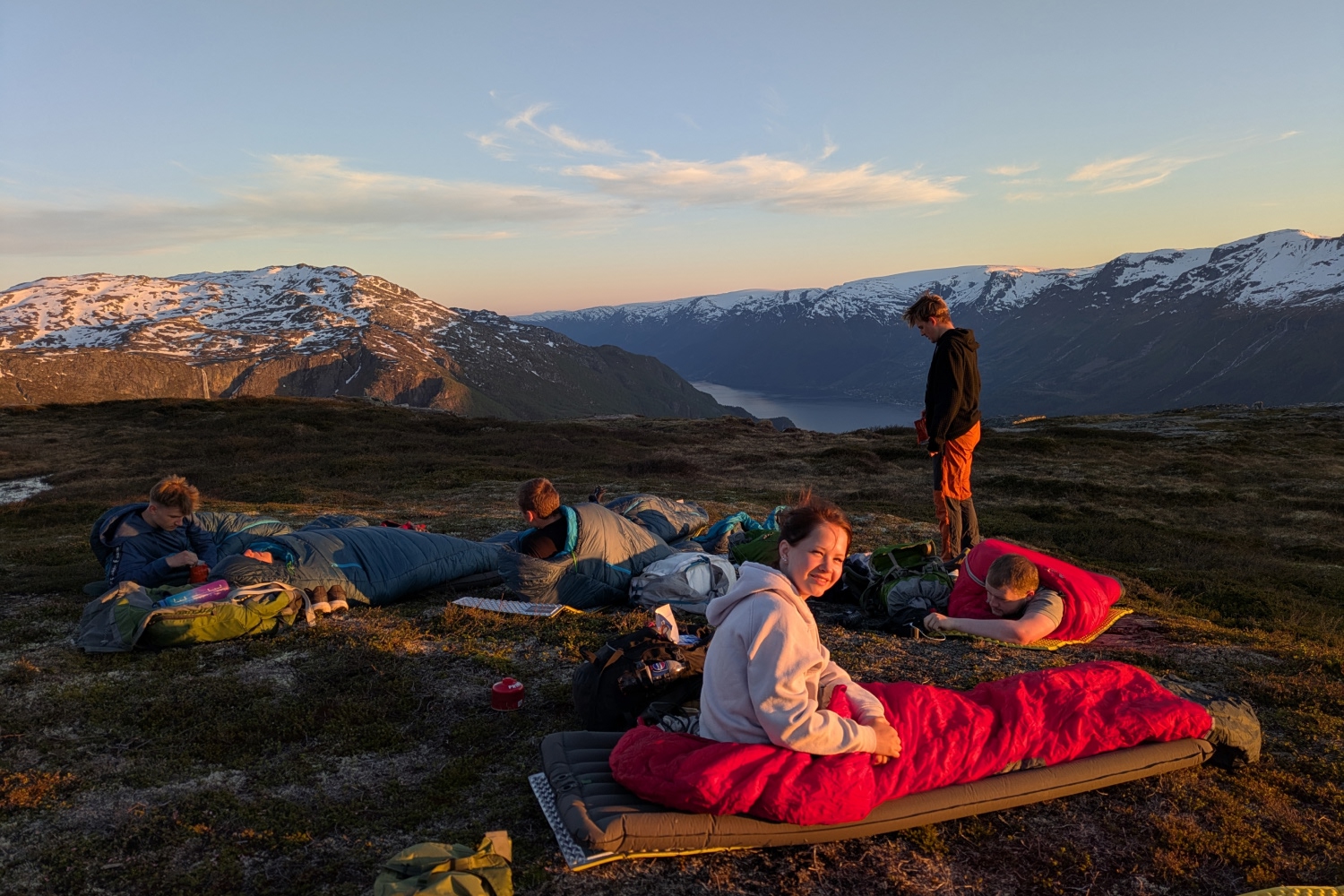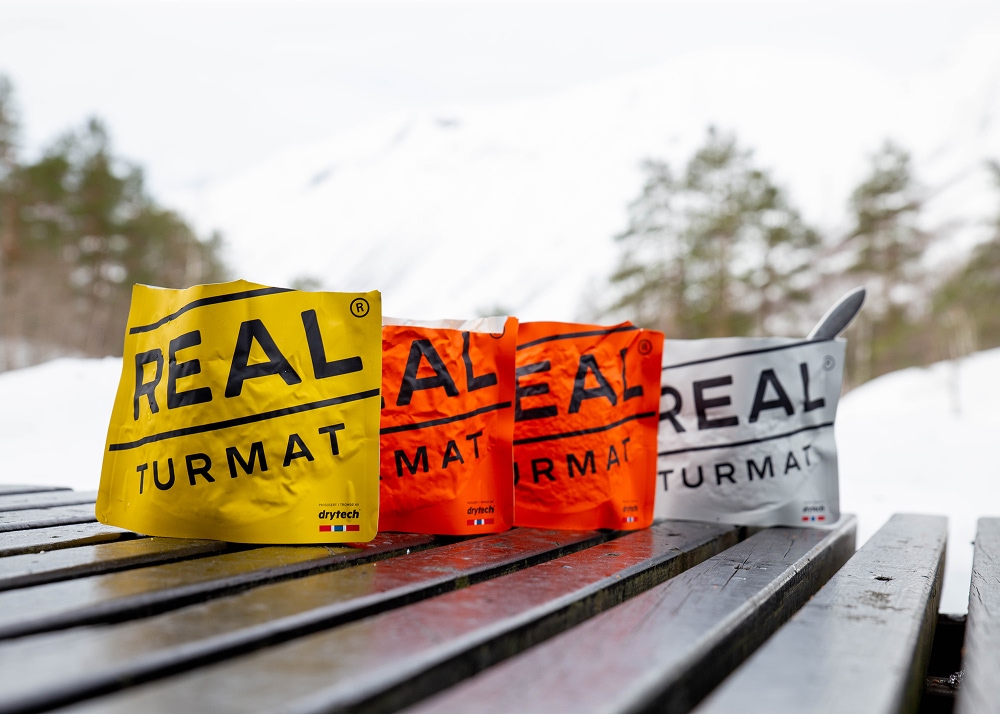Your cart is currently empty!
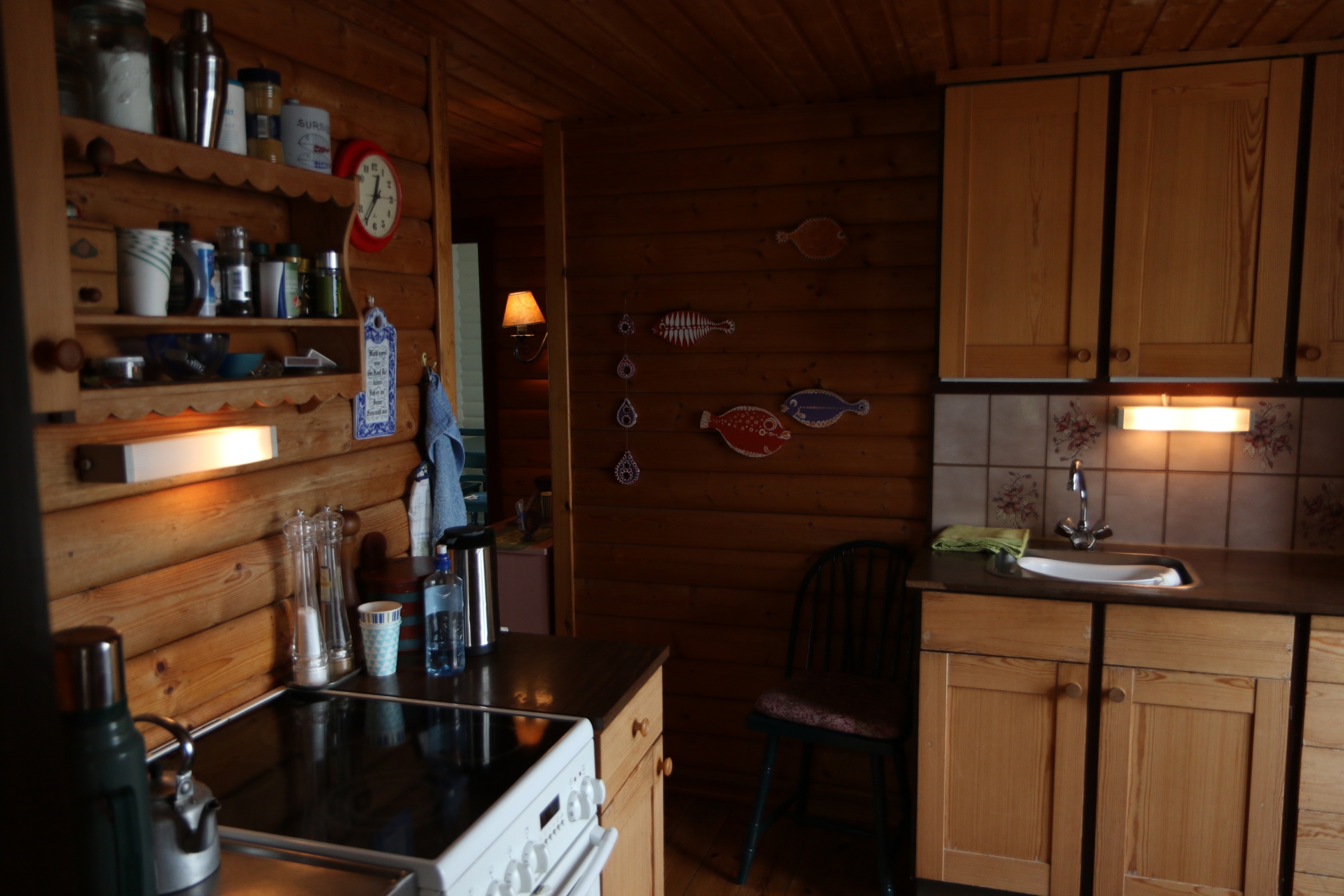
Preparedness
Preparedness: A responsibility at home and in communities
Preparedness helps you stay in control when things go wrong. From natural disasters and power outages to global disruptions and local emergencies, having a plan makes it easier to respond with calm and confidence.
Preparedness means being ready to handle the unexpected — before it becomes a crisis.
In a world that often feels uncertain, being prepared is a smart and necessary step. Natural disasters, power outages, global disruptions, and local emergencies can all happen without warning. Being ready can make the difference between calm and confusion. Preparedness is built on foresight, resilience, and a sense of responsibility. It is guided by care, not by fear.
Stocking a home pantry or building emergency reserves for a municipality serves the same purpose: ensuring people have access to basic necessities when systems fail.
Why personal preparedness matters
Every household should have a plan and resources in place to endure days, or even weeks, without access to modern conveniences. This includes:
- Clean drinking water
- Non-perishable food
- Heat and light sources
- Medical supplies
- Communication tools
When a storm knocks out power, roads become impassable, or supply chains break down, self-reliance becomes critical. Families who prepare in advance can maintain stability, stay safe, and avoid the panic that often accompanies emergencies.
-
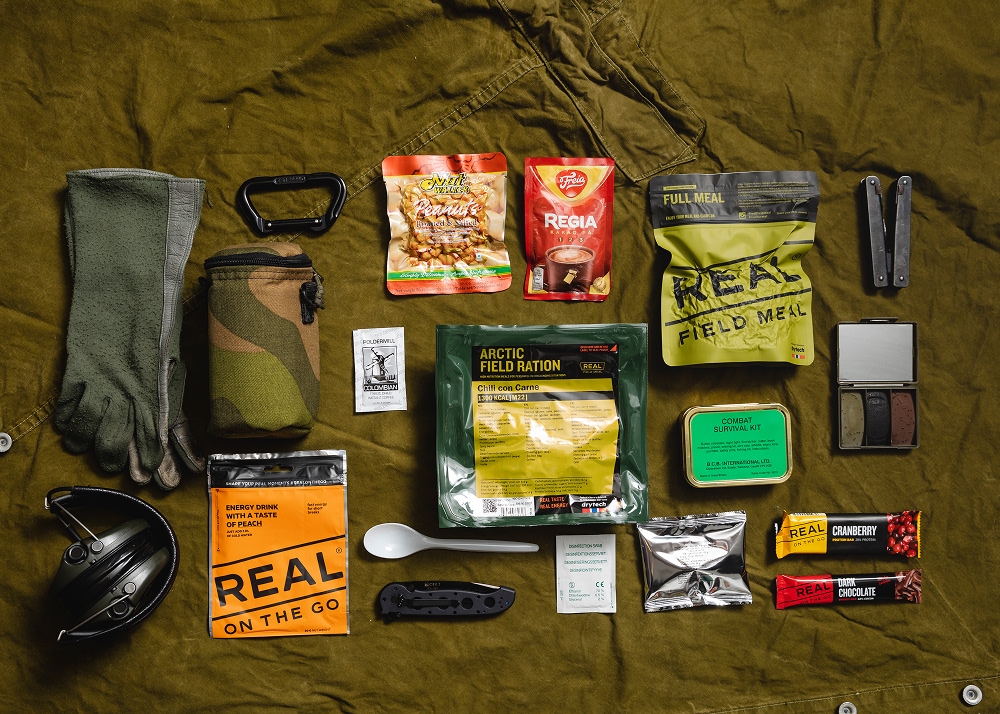 Preparedness
PreparednessWhat is an MRE?
Read more: What is an MRE?Meals Ready to Eat (MREs) were first developed for the military but are now widely used by civilians for emergency preparedness, disaster relief, and outdoor activities where regular food isn’t available.
Understanding the scope of catastrophes
Some emergencies happen often, while others are rare but wide in impact. These larger events can disrupt daily life across entire regions. Preparing for them calls for long-term thinking and careful planning.
These situations highlight an important point: preparedness reflects practical foresight. The goal is not to predict every threat, but to stay ready and adapt when the unexpected happens.
Sunstorms (Solar flares)
Solar flares, also known as coronal mass ejections, can release massive bursts of energy from the sun that reach Earth within hours or days. In severe cases, they can overload power grids, disable satellites, and interrupt GPS, radio, and internet signals. The Quebec blackout of 1989 is a strong example of how serious and far-reaching these effects can be. While rare, such events highlight the importance of preparing for technological disruptions that can affect entire regions and industries. Building resilience starts with understanding that even advanced systems have weaknesses.

Wildfires
Wildfires spread rapidly, especially in dry conditions with wind and heat. They can destroy entire neighborhoods, block roads, and damage power lines and cell towers, often leaving little time to respond. Even far from the flames, wildfire smoke can travel hundreds of kilometers and cause serious air pollution. This can lead to health problems in areas that are not directly affected by the fire.
Recovery may take months, and people often struggle to access essentials like clean air, shelter, and basic supplies during and after the event. By preparing go-bags, respirators, backup power, and evacuation routes in advance, individuals can act decisively and protect those around them when every minute counts.
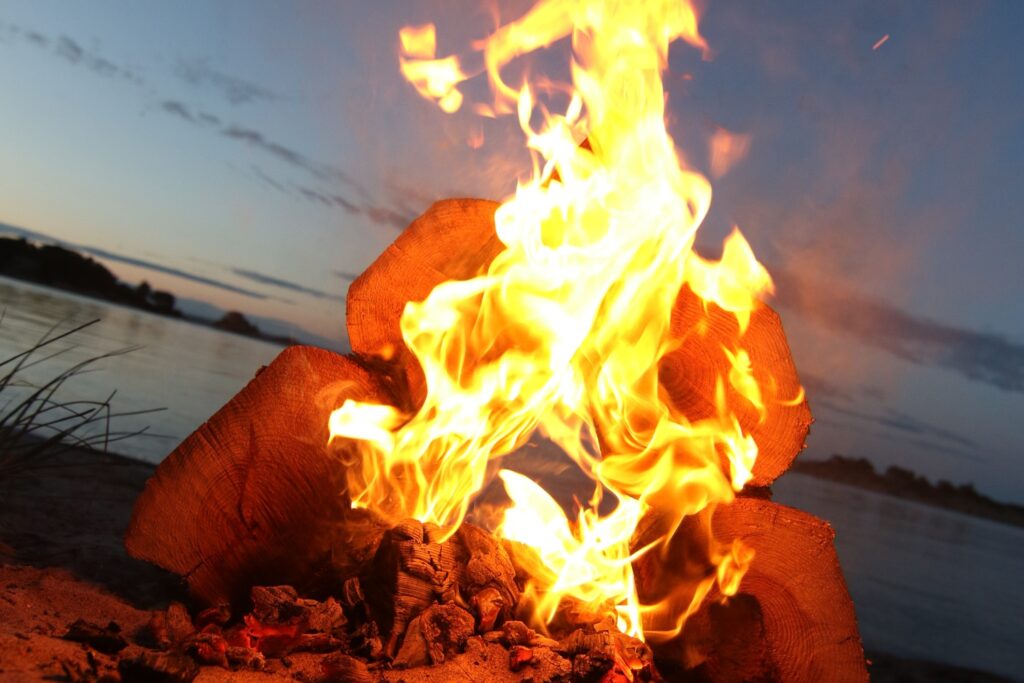
Volcanic eruptions
Though infrequent, volcanic eruptions can disrupt life well beyond the immediate danger zone. Airborne ash clouds may ground flights across continents, while ash fall can contaminate water supplies, destroy crops, and disrupt transport. For local communities, lava and gas exposure can lead to rapid evacuations and extended isolation. In broader terms, volcanic events remind us that natural forces can quickly interrupt food chains, global logistics, and healthcare access. Even regions without active volcanoes can feel the aftershocks.
Antibiotic resistance and medical breakdown
The rising threat of antibiotic resistance means that even minor infections can become life-threatening. When bacteria develop beyond the reach of current treatments, common injuries, surgeries, and illnesses may carry serious risks. At the same time, disruptions to medical supply chains caused by pandemics, conflict, or market instability can lead to shortages of essential medicines. In these situations, a well-prepared household with basic medical supplies and good hygiene knowledge can help prevent complications and reduce pressure on strained health systems.
Tsunamis
Tsunamis are triggered by underwater earthquakes or landslides and can strike coastal areas with little warning. Within minutes, these waves can destroy buildings, flood areas far from shore, and damage vital infrastructure such as bridges, ports, and water treatment plants. Recovery can take years. Not all regions face tsunami risk, but understanding the potential impact and having clear evacuation and communication plans can save lives when every second counts.

Hybrid warfare
Modern threats are not limited to physical attacks. Hybrid warfare can include cyberattacks, supply chain disruptions, and coordinated misinformation campaigns. These tactics may target power grids, financial systems, media, and public confidence. Often, they unfold without any direct violence. Civilians can face uncertainty, service outages, and confusing or conflicting information. Preparedness plans, trusted communication sources, and basic digital awareness help people stay informed and focused.
Tornadoes and hurricanes
Tornadoes and hurricanes are especially destructive due to high winds, heavy rain, and flying debris. These storms can destroy homes, cut off power and water, and flood entire communities. Recovery crews may be delayed, and emergency services can become overwhelmed. In these situations, having backup lighting, clean water, and safe shelter is essential. Early warning systems save lives, but only when people are ready to act. Personal and community preparedness plans can reduce harm when severe weather arrives without warning.
The role of preparedness in municipalities and communities
At a broader level, local governments, emergency services, and community organizations have a key role in preparedness. Public infrastructure must be strong enough to function under stress during crises. This includes making sure the following resources remain available:
- Emergency food and water reserves
- Medical and sanitation supplies
- Backup power and shelter systems
- Rapid response logistics
- Clear communication channels with residents
Community-level preparedness fosters collective safety. When municipalities maintain well-managed contingency plans, they not only protect residents but also minimize recovery time and reduce long-term damage.
Secure your emergency food supply with REAL Meals
In both personal kits and institutional reserves, REAL Meals are a trusted choice for dependable, long-lasting nutrition. Known for their exceptional shelf life, consistent taste over time, and safety under a range of storage conditions, these meals are a strong addition to any emergency supply food plan.
Each meal is freeze-dried and sealed to withstand temperature changes, moisture, and physical stress. When the time comes to rely on your emergency food and supply stockpile, REAL Meals provide not just calories, but genuine comfort and nourishment. They require only hot water for preparation, making them ideal in situations where utilities are down or cooking fuel is limited.
Stored in homes, schools, fire departments, or civil defense depots, REAL Meals help ensure people stay nourished, supported, and prepared during uncertain times.
Preparedness
Be ready with REAL Meals
The Norwegian Directorate for Civil Protection (DSB) recommends that every household be prepared to manage on their own for at least one week, preferably longer. This means having access to clean water, warmth, medicine, and, not least, food.
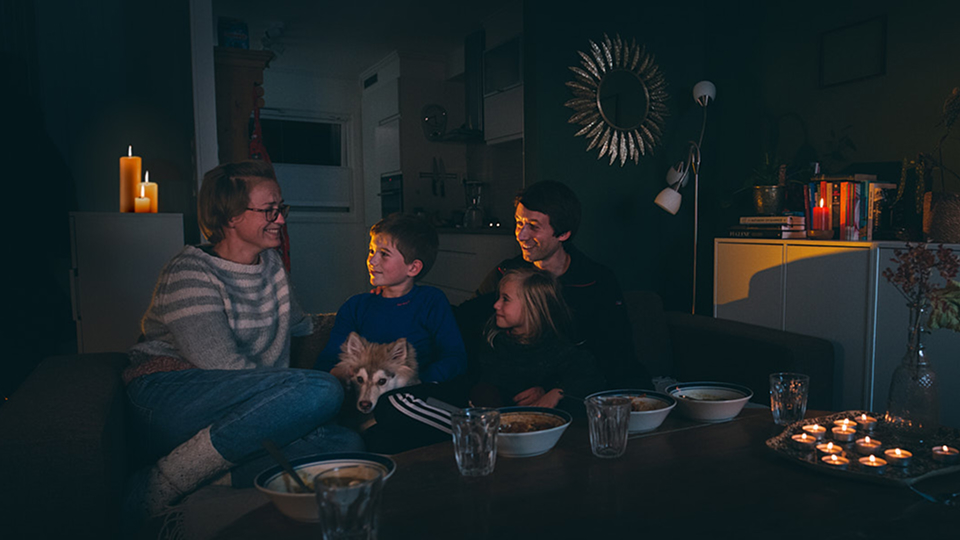
Dietary-friendly options for inclusive preparedness
REAL Meals understands that preparedness must be inclusive. That’s why their range includes clearly labeled options that are:
- Gluten-free
- Milk-free
- Lactose-free
- Vegan-friendly
- Vegetarian-friendly
This approach ensures that people with allergies, intolerances, or dietary preferences are not overlooked during times of crisis. These meals are carefully made to be safe and nourishing, offering peace of mind to everyone, from children to older adults, when it is needed most.
products
Meals that suit every diet
-
125 NOK
-
125 NOK
-
REAL Turmat
- 510
Squash and Sweet Corn Casserole
- Gluten free
- Lactose free
- Milk free
- Vegan
- Vegetarian
125 NOK -
85 NOK
-
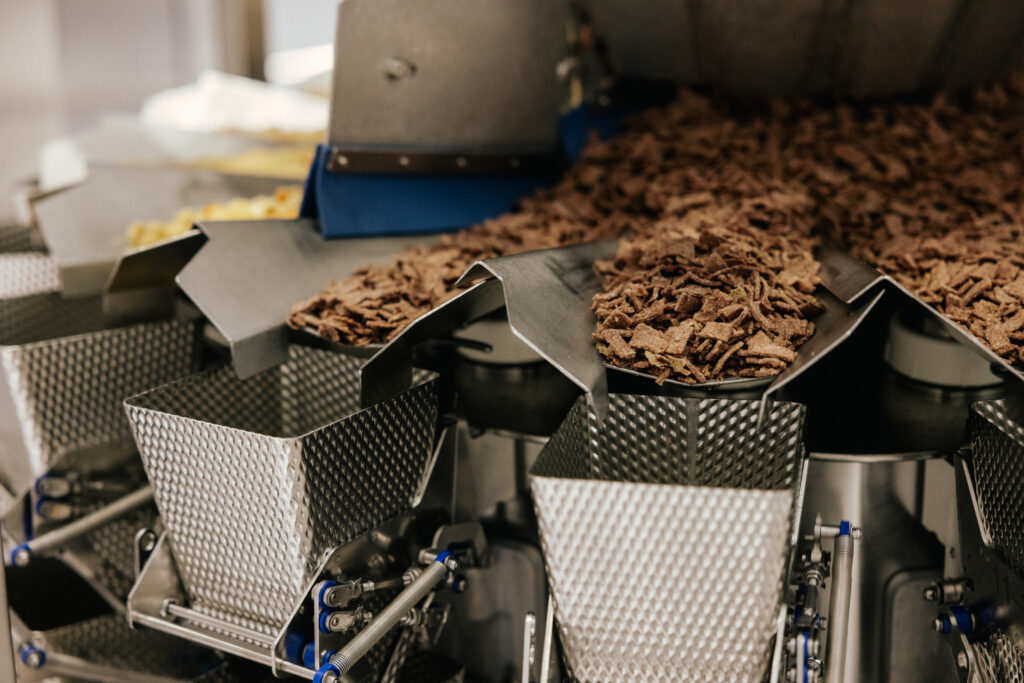 Freeze-dried food
Freeze-dried foodFreeze-dried food
Read more: Freeze-dried foodFreeze-dried food offers a lightweight, nutritious, and long-lasting meal solution that’s ideal for outdoor use, emergency preparedness, and everyday convenience. With minimal packaging, long shelf life, and reduced transport emissions, it also supports sustainable food systems by lowering waste and resource consumption.
